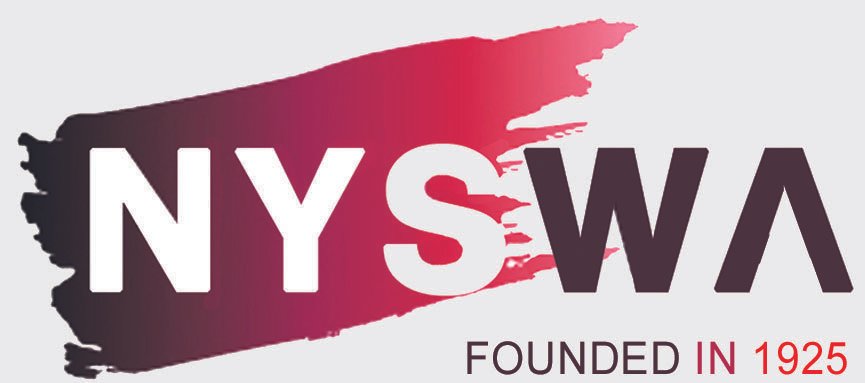STATEMENT
I have a lifelong fascination with nature. My art practice includes invented landscapes in oil and Watercolor, Sculpture, “Plein-air painting,” and drawing. In all mediums, my approach is informed by my deep concern for the environment, close observations of nature, and intuitive artistic freedom.
For the past twelve years, I have been drawn to the soil with its cooperative relationships between fungi, tree roots, and other organisms that validate theories of mutual evolution.
I became interested in this subject after a trip to Oregon, where I observed exposed tree roots along the shores of a river. Through further research, I discovered a wealth of processes, forces, and quirky structures within the soil, inspiring my painting. I am compelled to bring attention to this realm because research shows that fungi stitch ecosystems together and play a critical role in slowing climate change by storing CO2.
My approach to painting this subject differs significantly from the observational method as a plein-air painter. Instead, I work intuitively, visualizing what it might be like to cut a slice into the ground and witness how organisms fit together and interact. In some paintings, I include above and below-ground imagery; in other works, I immerse myself and the viewer entirely in my invented map of the hidden world.
The first painting phase moves quickly as I apply broad gestural strokes of pigment to a wet surface and experiment with randomness, letting the paint suggest shapes and forms in a semi-abstract manner. I then lay my system of brush marks down to form the growth patterns and textures of the shadowy roots. I can feel the intensity that drives these life systems, and I convey it with color. The painting process slows down as I render intricate microstructures, insects, and mycelia, building a dense tapestry of the diversity of life. I shift perspective from microorganisms to visible organisms on the same picture plane, demonstrating the coexistence of all living things.
In parallel to my 2D painting, the sculptures use found materials such as barbed wire, feathers, wood, and iron wire. The Nest sculptures allude to animals building their homes using inhospitable materials. The Ghost Birds are minimalistic, three-dimensional wire drawings that seem ephemeral, like our vanished species of birds. In the broader context, all my work is united by a sense of wonder and fascination with the natural environments that support life and are endangered.
BIOGRAPHY
Pamela Casper was born and raised in New York, NY, and currently divides her time living and painting between Brooklyn, NY, and Masonville, NY. Casper has a BA from Swarthmore College, where she studied painting with Harriet Shorr. After graduation, Pamela Casper lived in Paris and traveled throughout Europe and North Africa, painting independently for two years.
After returning to New York, Casper supported her studio practice by utilizing her knowledge of French pastries to develop dessert sources for Dean & Deluca and Bloomingdales. Pamela Casper moved on to work as a freelance textile designer, creating prints for Nicole Miller to have more time to paint. The continued development of painting skills led to an apprenticeship in oil with Robert Kulick and a study in watercolor with Mary Whyte and Barbara Nechis. Casper was granted a residency at the Vermont Studio Center. After the birth of twins, Pamela Casper's artwork evolved from plein air to in-studio, ecologically concerned, imagined landscape painting.
Pamela Casper has exhibited in group exhibitions at notable institutions such as the American Watercolor Society (New York, NY), Exit Art (New York, NY), Governors’ Island (New York, NY), and the Mindener Museum (Minden, Germany). Pamela Casper’s painting was included in the 2020 Ecoartspace catalog curated by Eleanor Heartney and by curator Lilian Fraiji for the Ecoartspace Exhibition and book Embodied Forest. Casper has had solo exhibitions at Gallery Shirley (Geneva, Switzerland), The Witt Gallery (Paulett, VT), and The Wisner House Gallery in Reeves-Reed Arboretum in 2021.
In 2022, Casper’s work was included in “Fragile Rainbow,” curated by Sue Spaid at the Williamsburg Art and Historical Center (Brooklyn, NY). In 2023, Casper exhibited at Swale House, Governors Island, curated by Mary Mattingly, and Creature Conserve, Bau Gallery (Beacon, NY), curated by Jennifer McGregor, and in the exhibition Art That Matters to the Earth, at the Roger Tory Peterson Institute (Jamestown, NY). In spring 2024, Casper’s artwork collaboration with soil, textiles, and painting will be presented at the USS Soil Congress as part of Ecoartspace’s presentation “Soil Health from Multiple Perspectives” in Florence, Italy.







